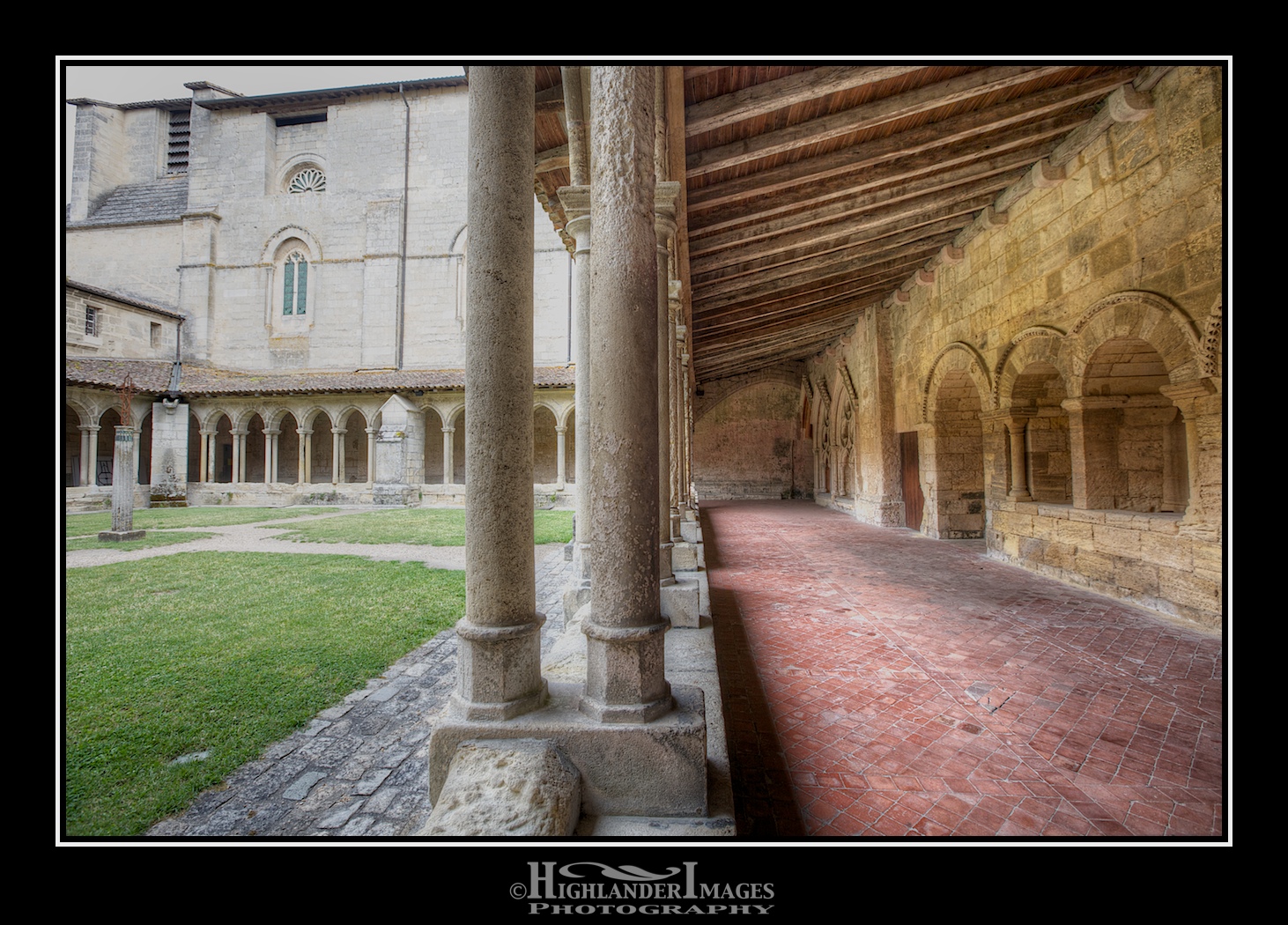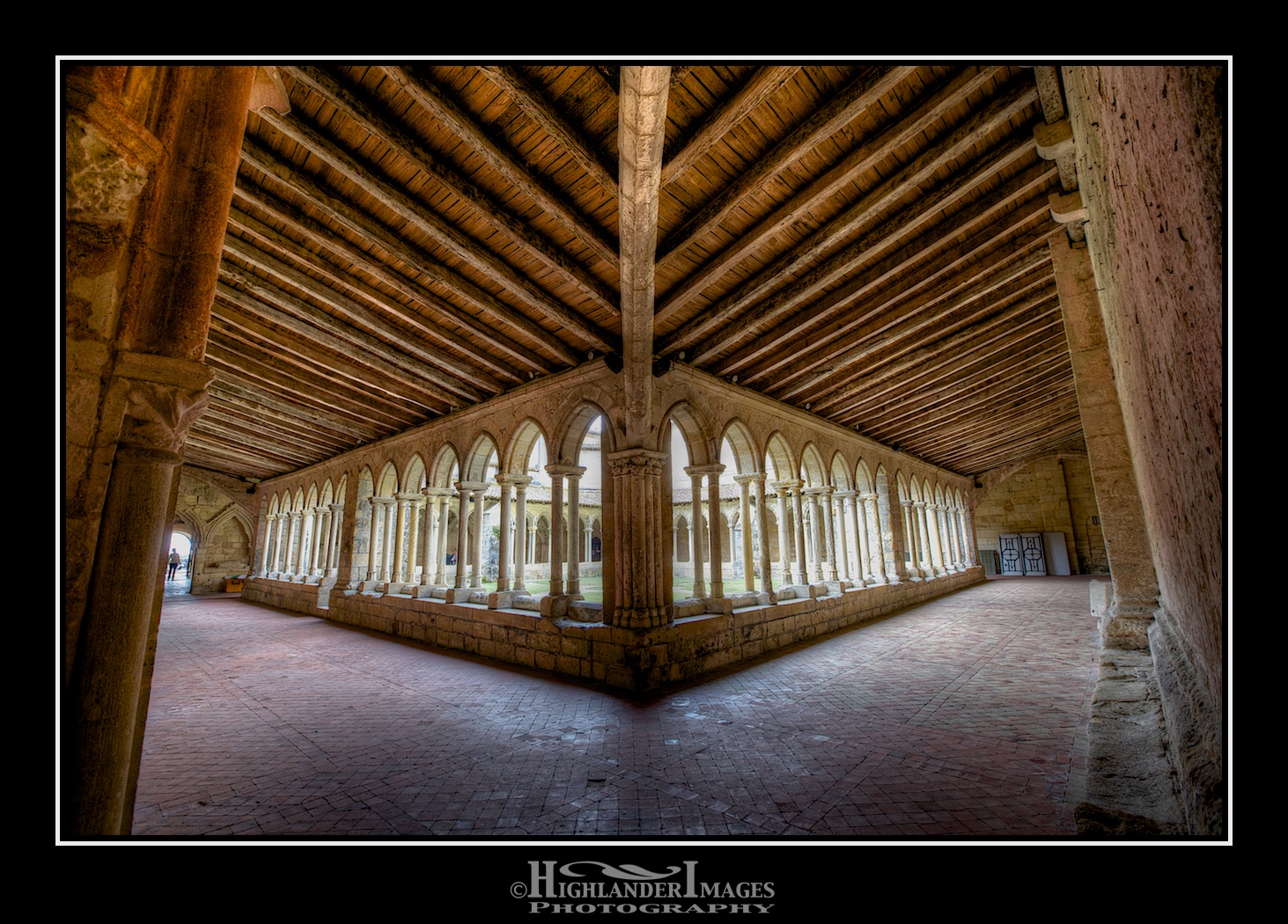If you like wine and good food then what better place to visit than Saint-Émilion which seems to be full of wine shops and restaurants. Saint-Émilion is one of the principal red wine areas of Bordeaux along with the Médoc, Graves and Pomerol. The region is much smaller than the Médoc and adjoins Pomerol. As in Pomerol and the other appellations on the right bank of the Gironde, the primary grape varieties used are the Merlot and Cabernet Franc, with relatively small amounts of Cabernet Sauvignon also being used by some chateaux.
Saturday, July 07, 2012
Saint-Émilion - A World Heritage Site
Saint-Émilion is an ancient town going back to prehistoric times situated in south-west France east of Bordeaux. It is a World Heritage site, with fascinating Romanesque churches and ruins stretching all along steep and narrow streets.
The Romans planted vineyards in what was to become Saint-Émilion as early as the 2nd century. The town was named after the monk Émilion, a travelling confessor, who settled in a hermitage carved into the rock there in the 8th century. It was the monks who followed him that started up the commercial wine production in the area.
If you like wine and good food then what better place to visit than Saint-Émilion which seems to be full of wine shops and restaurants. Saint-Émilion is one of the principal red wine areas of Bordeaux along with the Médoc, Graves and Pomerol. The region is much smaller than the Médoc and adjoins Pomerol. As in Pomerol and the other appellations on the right bank of the Gironde, the primary grape varieties used are the Merlot and Cabernet Franc, with relatively small amounts of Cabernet Sauvignon also being used by some chateaux.
If you like wine and good food then what better place to visit than Saint-Émilion which seems to be full of wine shops and restaurants. Saint-Émilion is one of the principal red wine areas of Bordeaux along with the Médoc, Graves and Pomerol. The region is much smaller than the Médoc and adjoins Pomerol. As in Pomerol and the other appellations on the right bank of the Gironde, the primary grape varieties used are the Merlot and Cabernet Franc, with relatively small amounts of Cabernet Sauvignon also being used by some chateaux.
Labels:
Cabernet Franc,
Cabernet Sauvignon,
catacombs,
chateaux,
France,
Gironde,
grand cru,
Graves,
hermitage,
Medoc,
Merlot,
monastery,
monks,
monolithic,
Pomerol,
Roman,
Saint-Émilion,
wine,
world heritage
Subscribe to:
Post Comments (Atom)





























No comments:
Post a Comment